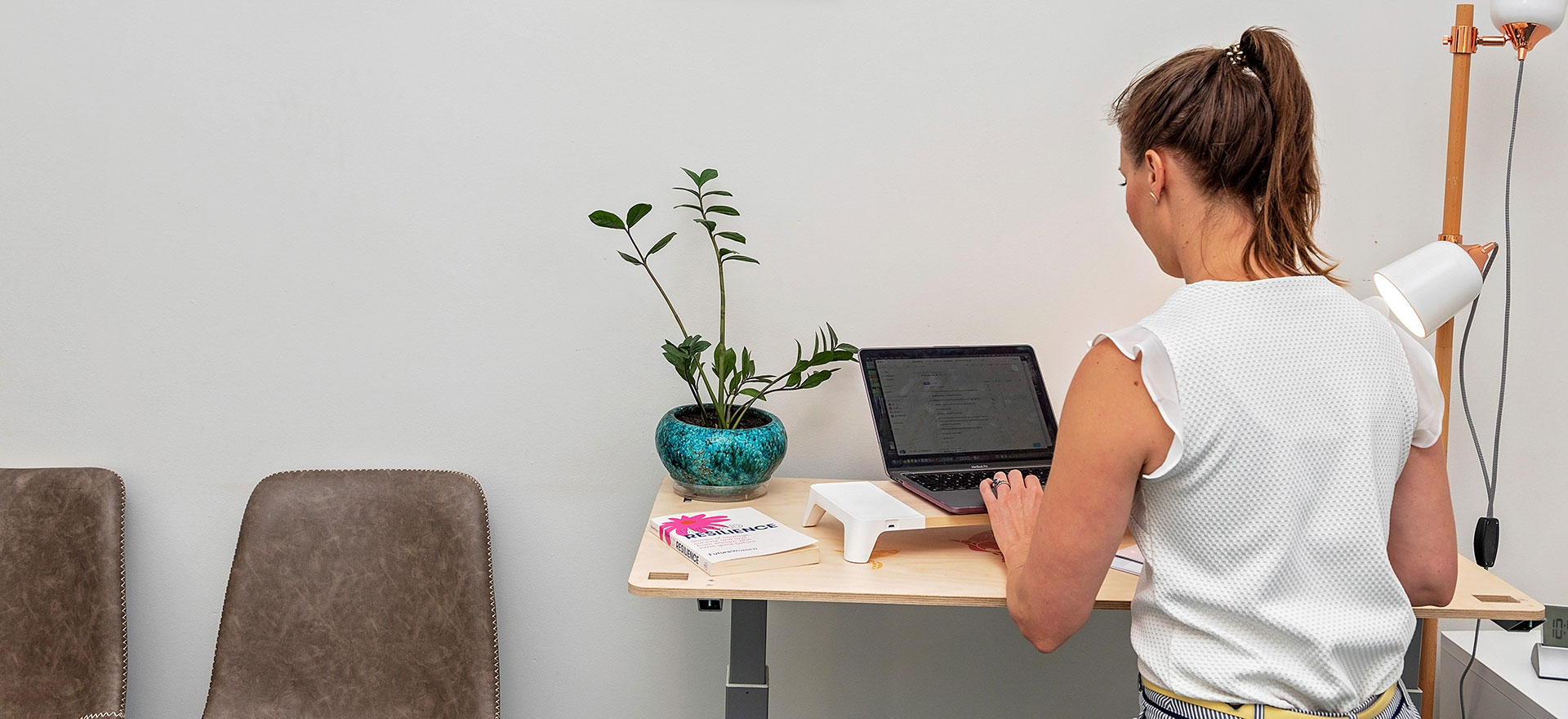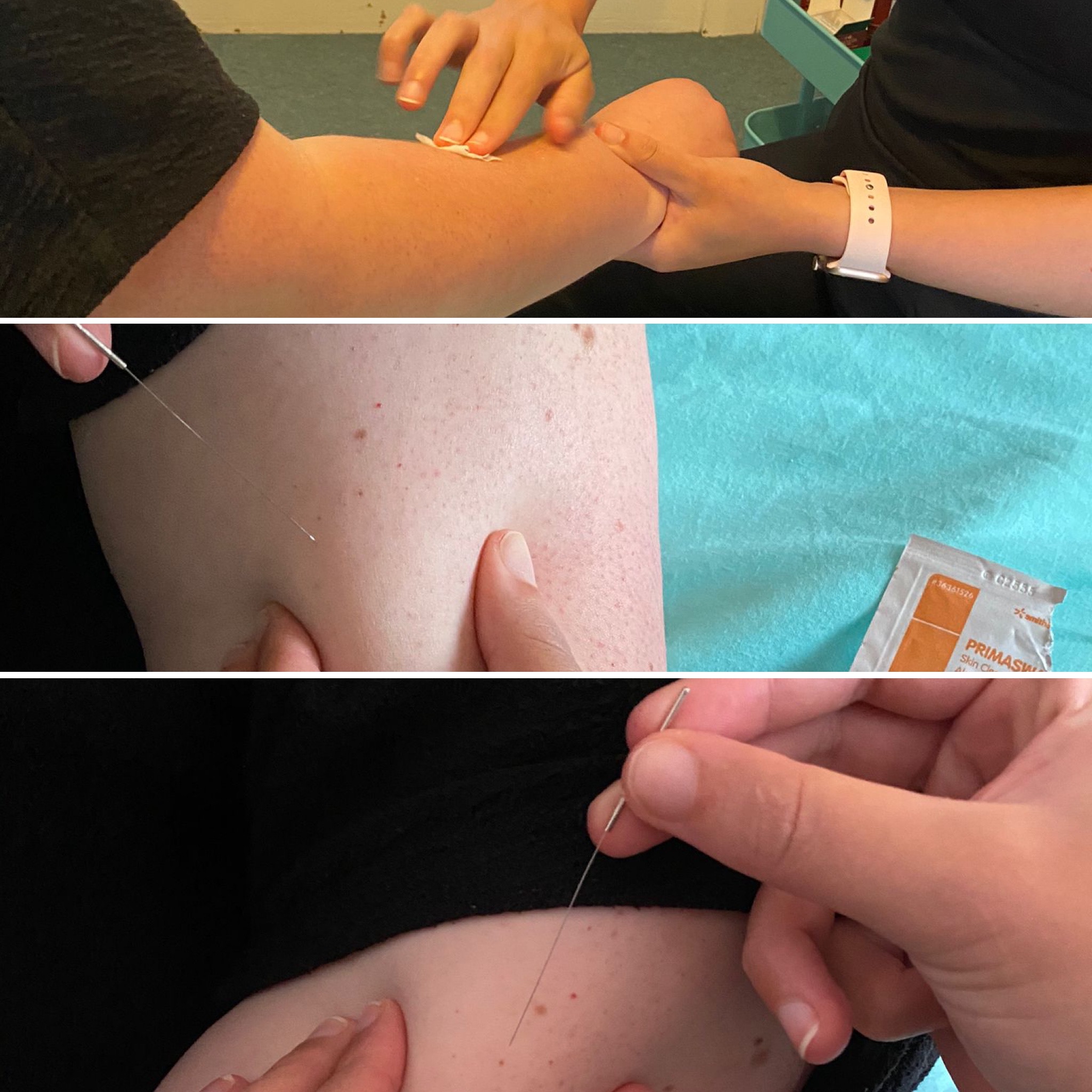Dry Needling is now at Resilient Health!
Book with Dr. Mel Pierlot (Osteopath)!
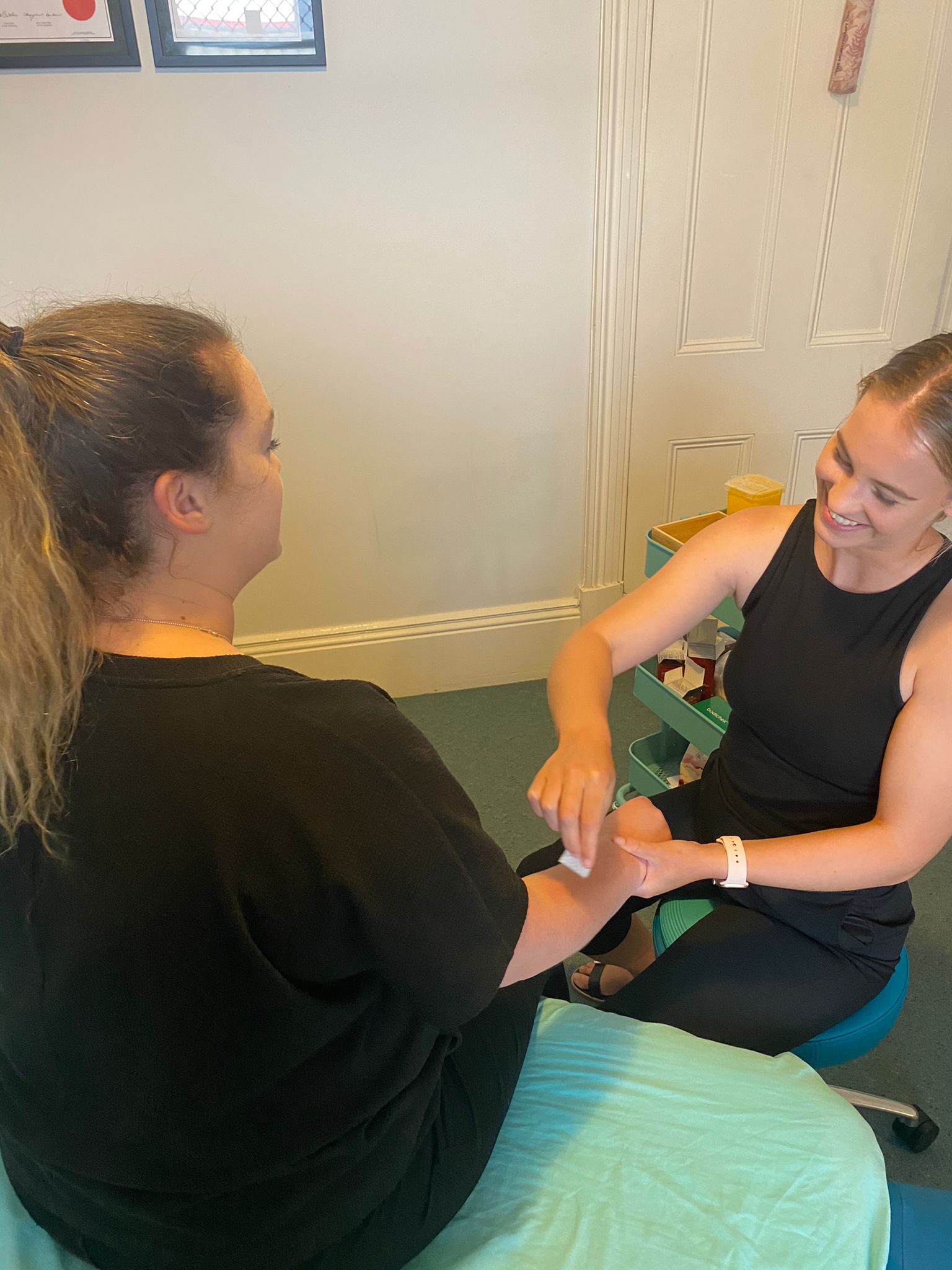
Dry needling is an adjunct treatment that many osteopaths, physiotherapists, chiropractors and myotherapist's use to complement their treatment. Needles-s to say (*pun intended!) this treatment technique can seem daunting to many people, so here are your commonly asked questions, answered!
What is it?
Dry needling is the insertion of a fine, flexible, sterile acupuncture needle into tight knots of muscle. The needles used are only 0.22-0.3 mm thick- they are as fine as a few strands of hair!
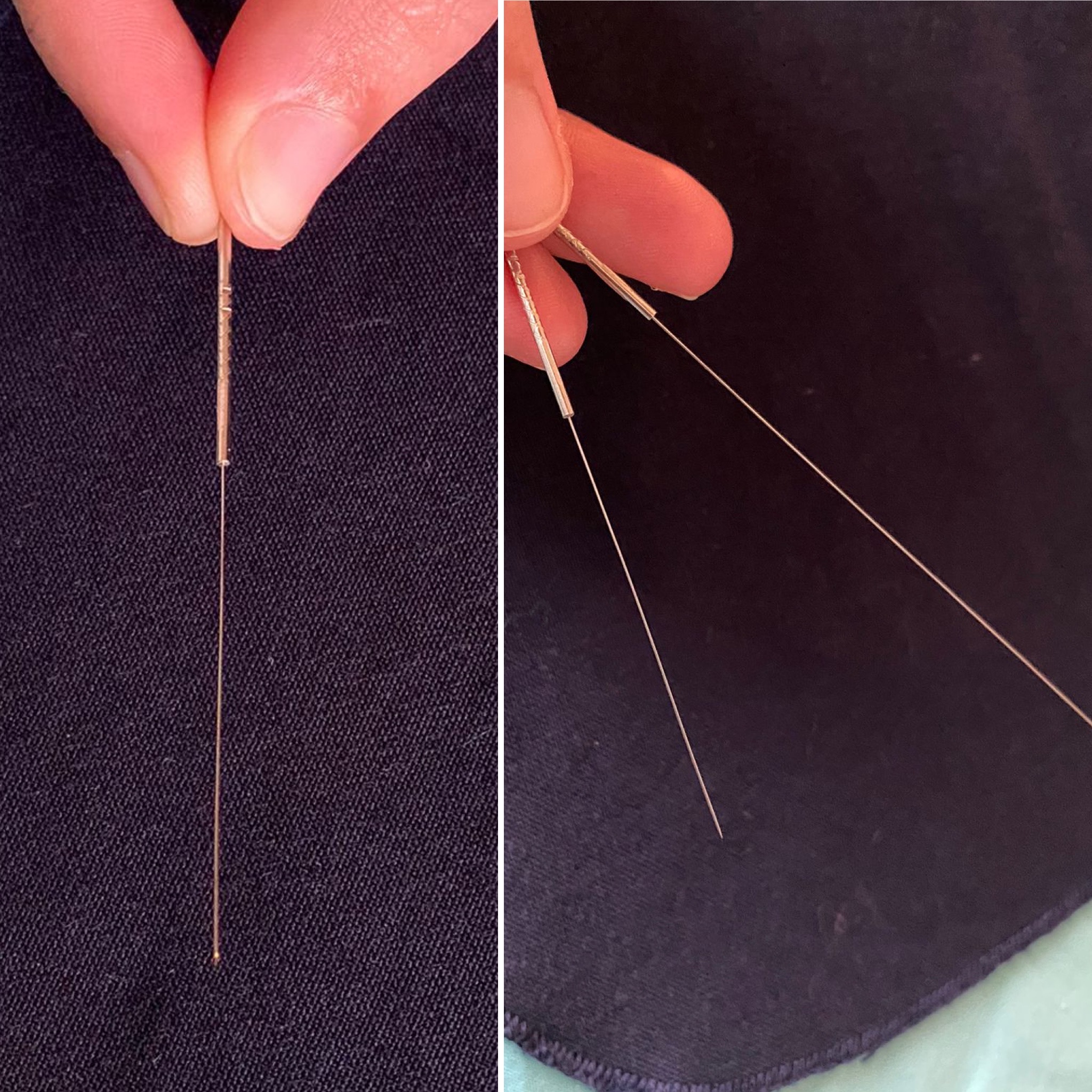
Is it the same as Acupuncture?
Dry needling uses the same needles and needling technique as acupuncture, however, the underlying principles differ between them.
Dry needling is the insertion of a needle into muscles with the intention of reducing musculoskeletal aches and pains. Dry needling derives from 'Ashi' acupuncture, which translates to needling the 'ah yes!' tender points you find in your body.
Acupuncture, however, is the insertion of needles based on meridians and energy flows within the body. Acupuncture has been practiced for thousands of years by Traditional Chinese Medicine therapists and is used to treat a range of medical conditions, beyond the musculoskeletal system.
How is it done?
Your practitioner, at Resilient Health, currently Dr. Mel Pierlot is the Osteopath offering this technique, will start by locating a tender or tight knot of muscle, and then sterilizing the overlying skin with an alcohol swab. Your practitioner will then insert the needle by giving the needle a quick but gentle tap so that it can bypass the skin and reach the muscle. Once the needle is in, your practitioner may leave it in for a few minutes, or stimulate the needle (e.g. twisting or flicking) before removal.
Does it hurt?
The dry needling experience is different for everyone! Typically there is little to no pain on the insertion of the needle, but once the body has responded to the needle you may feel a heaviness or a deep ache in the area. It is also normal to feel:
- Soreness
- Radiating feeling
- Numbness
- Tightness
- Euphoria
- Twitching or spasming
Dry needling may leave you with minor bruising or soreness for 1-3 days after treatment, this is considered a normal response. Thereafter you can expect to feel a reduction in your pain and symptoms.
How does it work?
Dry needling can relieve pain, stiffness and discomfort in the body by using mechanisms that naturally occur in the body!
- Needling creates a local inflammatory response which brings oxygen rich blood to the muscle. This process allows the body to bring new collagen, protein and growth factors to the muscle to help it heal and recover!
- Needling activates receptors within the muscle which help to reset the nervous system and relax tense muscles
- Needling can activate your body's in-built pain-killer system!
Is it right for me?
Because dry needling can relax muscles and the nervous system, it can be beneficial in the treatment in many common conditions such as tennis elbow, headaches, low back pain, ankle sprains, muscle strains and tendon injuries! Dry needling is a great alternative option to try if you are finding massage or manipulation is not quite hitting the spot. Dry needling also allows you to get treatment on several areas of the body at the one time!
It is important to let your practitioner know if you have a joint replacement, a pacemaker, a history of vascular diseases (e.g. DVT or varicose veins), using blood thinners or immunosuppressants, are pregnant or feeling nervous, dehydrated or hungry, prior to dry needling.
See you in the clinic!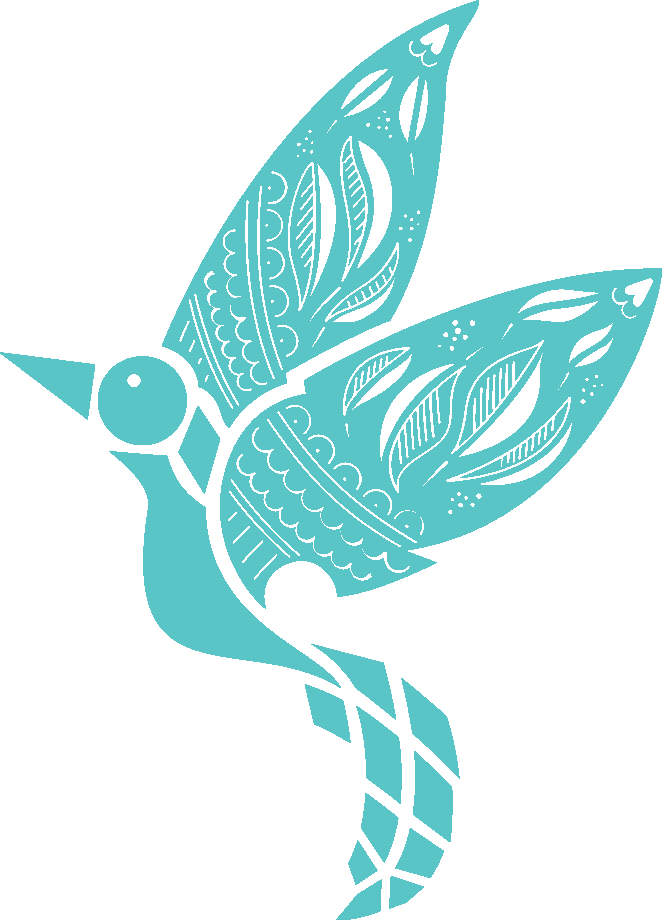
The Resilient Health Team
